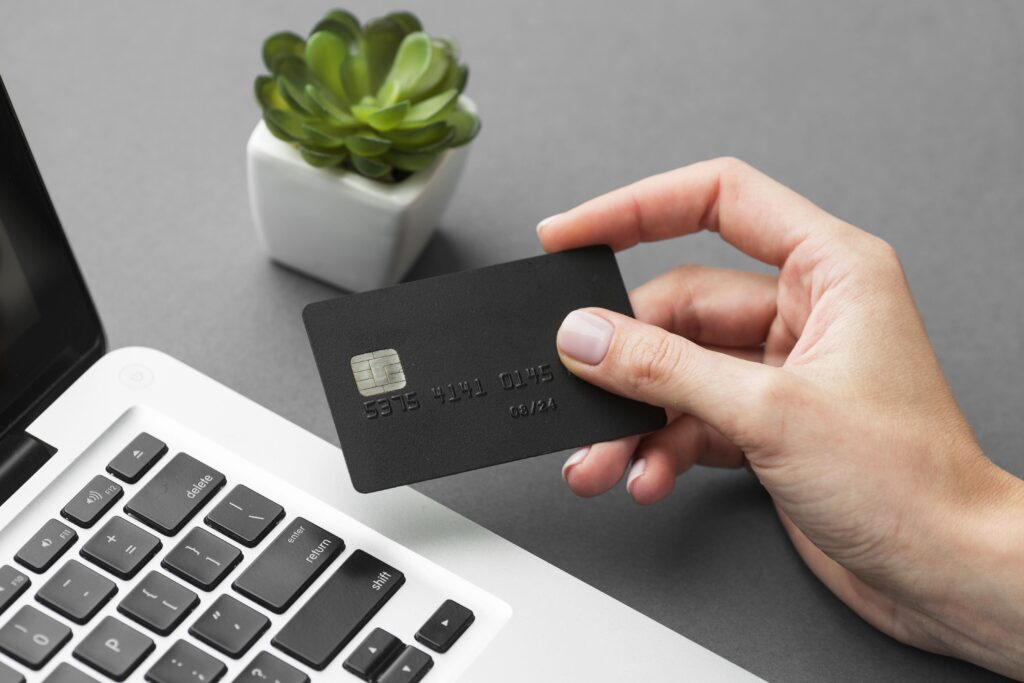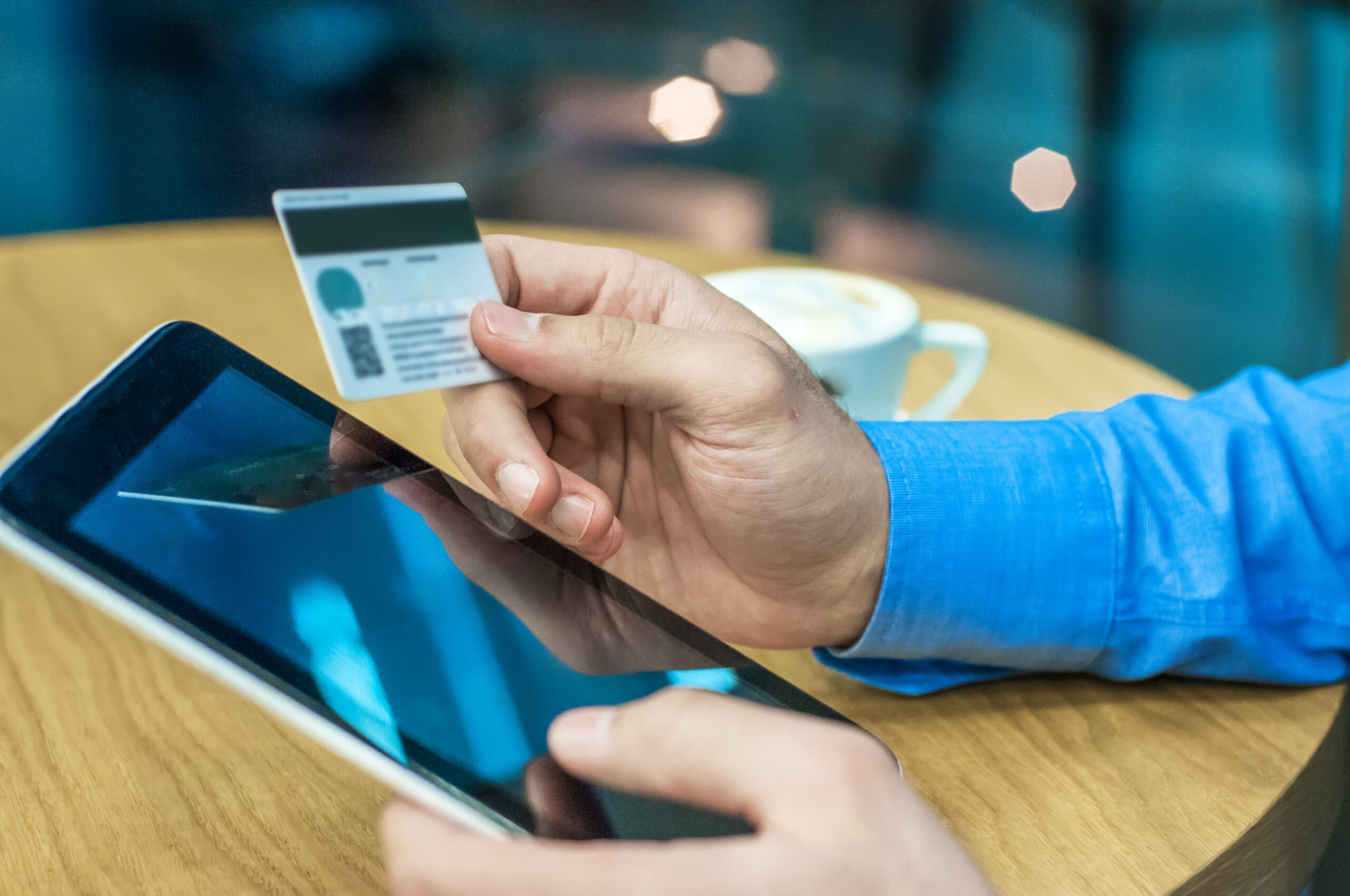
Payment systems have recently started to pop up like mushrooms after a spring rain. This has to do with the fact that many banks no longer serve customers who mostly perform commercial transfers. Commercial transfers are economically unsound to banks, which often leads them to close their clients’ bank accounts. Those victimised clients, in turn, tend to turn to payment system services.
How do payment systems emerge?
In terms of functionality, payment system is the part of e-services of banks that serves for payments and card transfers.
The majority of payments systems have grown from banks. That is to say, that either their founders or their developers have come from the banking background.
Launching a payment system requires obtaining a licence from government authorities in a particular country and and passing the Due Diligence procedure required to obtain the license.
Their software is similar to the Internet bank, although in a much reduced form.
Features that make payment systems different from banks
The automated account opening process
This is the most defining feature that makes payment systems different from banks. Banks refuse to implement such system due to risks associated with money laundering and customer identification.
Making the process of submitting documents for opening an account more difficult, banks believe that they will be able to identify high-risk customers at the stage of account opening.
Nevertheless, it is a misconception that this complicated procedure helps banks to prevent themselves from money laundering criminals. In this case, banks rely on the competence and honesty of their employees. Therefore, there is always the human factor.

Personal details and transaction tools
In general, all payment systems can split into categories:
1. Those that assign a personal IBAN to an open current account of their customers. For instance, such as www.revolut.com and www.paysera.com.
Such systems are more preferable for opening an account since many payer’s banks refuse to make payments if the beneficiary has no personal IBAN.
2. Those that do not assign a personal IBAN to an open current account.
The customer has his/her own internal number in the payment institution, where funds are transferred from the payer to the common account of the payment system in the name of the customer.
One of such systems is www.transactpro.lv.
When opening an account in such an institution there is a risk that the payer will not be able to transfer funds.
Payment systems of both groups use standard payment instruments. These are SWIFT, SEPA or correspondent accounts.
Some of them, such as www.wireхapp.com, handle cryptocurrencies in the same way as conventional currencies and make it possible to store and convert them.
Payment cards
All payment systems offer the use of payment cards, such as VISA and/or MASTERCARD. Usually, they allow to use a single payment card.
Now, let’s summarise the main differences between using cards in payment systems and in banks:
1. Compared to banks, the payment card service is much more user-friendly and cheaper in payment systems.
2. Simplified procedure for issuing a large number of cards, particularly, for payroll card programs.
3. Cards usually have their own accounts (internal, rather than IBAN accounts) not related to the main account of the company, where funds are transferred to such accounts within the payment institution.
4. Cards can be used without restrictions and limitations in any part of the world.
5. Cards can be used to pay for goods on the Internet.

Credit cards
Payment systems do not issue credit cards. This is due to the restriction of the license for their operation. The license issued to the payment system does not allow to offer credits to customers.
Integration with electronic devices
The payment systems started to emerge in order to implement and propagate fully automated banking payment services. Due to this, the majority of payment systems are smartphone and tablet friendly.
On the other hand, the lack of integration into conventional PCs is a shortcoming since the main customers of payment systems are physical persons, rather than business. In contrast to businesses, physical persons prefer to make payments and check the bank statements through their smartphones. For this reason, the integration with PCs is far from great.
The use of payment systems
Payment systems are suitable to be used by:
1.Individuals who live and/or work abroad.
2.Individuals who prefer to pay online.
3.Students.
4.Companies that constantly make a lot of small payments.
5.Companies that have a lot of employees who receive their wages by payroll cards and are located abroad.
6.Freelancers.
We understand that this article is only an overview and does not contain all the peculiarities of present-day payment systems.
If you have suggestions or comments, please email me at: dmitry@maxwise.eu
